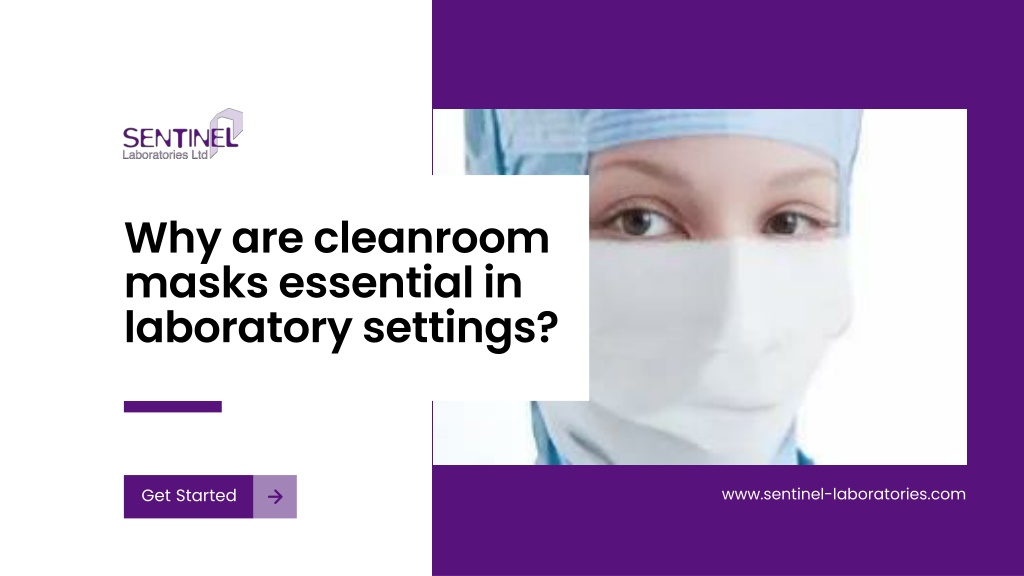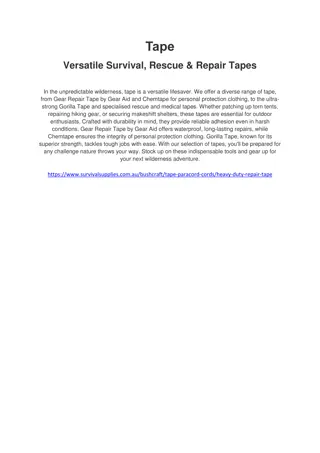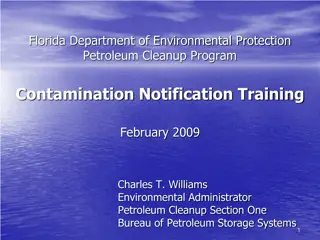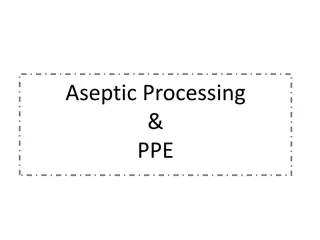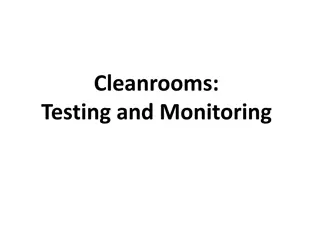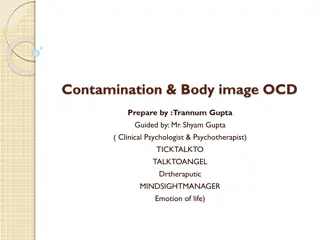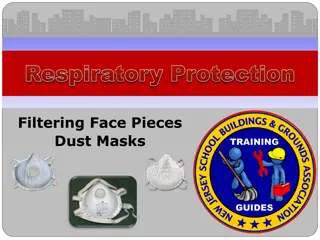Cleanroom Masks Essential Gear for Contamination Control
Precision and cleanliness are crucial in laboratory environments, as contamination can compromise experiments, damage sensitive equipment, and pose health risks. The cleanroom face masks are essential protective measures that help maintain sterile co
Download Presentation

Please find below an Image/Link to download the presentation.
The content on the website is provided AS IS for your information and personal use only. It may not be sold, licensed, or shared on other websites without obtaining consent from the author. Download presentation by click this link. If you encounter any issues during the download, it is possible that the publisher has removed the file from their server.
E N D
Presentation Transcript
Why are cleanroom masks essential in laboratory settings? www.sentinel-laboratories.com Get Started
Precision and cleanliness are paramount in laboratory environments. Any contamination can jeopardize experiments, damage sensitive equipment, or even harm human health. Among the various protective measures, cleanroom face masks play a critical role in maintaining sterile conditions and ensuring personnel safety. Let s explore why cleanroom masks are indispensable in laboratory settings. Introduction
Cleanroom masks play a vital role in maintaining the integrity of controlled environments in laboratories. They help prevent contamination, protect sensitive experiments, and ensure the safety of personnel. Without proper mask usage, airborne particles, microbes, and human-generated contaminants can compromise research accuracy and product quality. The Importance of Cleanroom Masks in Laboratory Settings
Contamination Risks in Cleanrooms Cleanrooms aim to minimize contaminants, yet humans are the main source of particle emissions, such as skin flakes and respiratory droplets. These airborne contaminants can disrupt delicate processes and affect experimental outcomes. Strict mask protocols help reduce these risks and ensure compliance with industry standards.
How Cleanroom Masks Protect the Environment Cleanroom masks serve as barriers, trapping respiratory emissions and preventing contamination in sterile environments. They also filter incoming air to reduce exposure to hazardous particles. In industries like pharmaceuticals and semiconductors, even slight contamination can result in defective products or regulatory issues.
Cleanroom masks are made from non- woven synthetic materials that provide superior filtration. They are engineered to minimize shedding and particle release. Unlike standard surgical masks, cleanroom masks often include additional layers for increased efficiency. Some are designed with electrostatic filters to capture sub-micron particles, while others incorporate fluid-resistant properties for added protection in chemical-intensive environments. Materials and Design of Cleanroom Masks
Choosing the Right Cleanroom Mask The selection of cleanroom masks is based on lab classification, contamination control, and user comfort. High-efficiency masks prevent particle defects in microelectronics, while pharmaceutical labs require masks meeting strict sterility and breathability standards. Proper fit is vital, as loose masks reduce filtration and tight masks can cause discomfort. Proper Use and Handling of Cleanroom Masks To ensure effectiveness, wear cleanroom masks properly by sanitizing hands before use, covering the nose and mouth fully, and avoiding contact with the outer surface. Replace masks regularly and dispose of them correctly to prevent cross-contamination, maintaining a clean and safe environment.
Regulatory Standards and Compliance Cleanroom masks must meet strict industry standards set by organizations like ISO and the FDA, which define requirements for filtration efficiency, sterility, and material integrity. Compliance ensures high-quality standards in laboratories, protecting research outcomes and personnel health. The Benefits of Cleanroom Masks in Laboratory Environments Consistent use of cleanroom masks reduces contamination risks, enhances product reliability, and improves safety. They are vital for maintaining sterile environments in research and production. Laboratories that enforce proper mask usage experience fewer experiment failures, lower production losses, and better compliance with regulatory guidelines.
Cleanroom face masks are crucial in laboratory settings for maintaining sterility, ensuring personnel safety, and meeting regulatory standards. Brands like Kimberly Clark provide high-quality solutions tailored to laboratory needs. Investing in the right cleanroom masks fosters a culture of safety and precision, which is vital for successful outcomes. As laboratories continue to advance, the importance of these masks in preserving integrity will remain paramount. Achieving a sterile environment requires high-quality cleanroom masks. Trusted brands like Kimberly Clark provide reliable solutions for laboratories. Visit Sentinel Laboratories for essential cleanroom supplies to ensure safety and compliance. Conclusion
www.sentinel-laboratories.com sales@sentinel- laboratories.com +44 1444 484044 Get In Touch
Thank You. www.sentinel-laboratories.com
